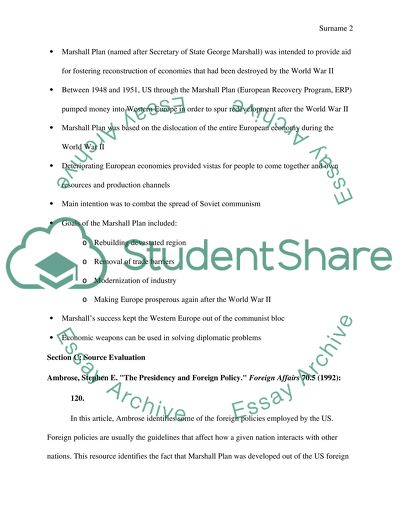Cite this document
(“The Marshall Plan and Communism after World War 2 Essay”, n.d.)
Retrieved de https://studentshare.org/history/1446332-the-marshall-plan-and-communism-after-world-war
Retrieved de https://studentshare.org/history/1446332-the-marshall-plan-and-communism-after-world-war
(The Marshall Plan and Communism After World War 2 Essay)
https://studentshare.org/history/1446332-the-marshall-plan-and-communism-after-world-war.
https://studentshare.org/history/1446332-the-marshall-plan-and-communism-after-world-war.
“The Marshall Plan and Communism After World War 2 Essay”, n.d. https://studentshare.org/history/1446332-the-marshall-plan-and-communism-after-world-war.


